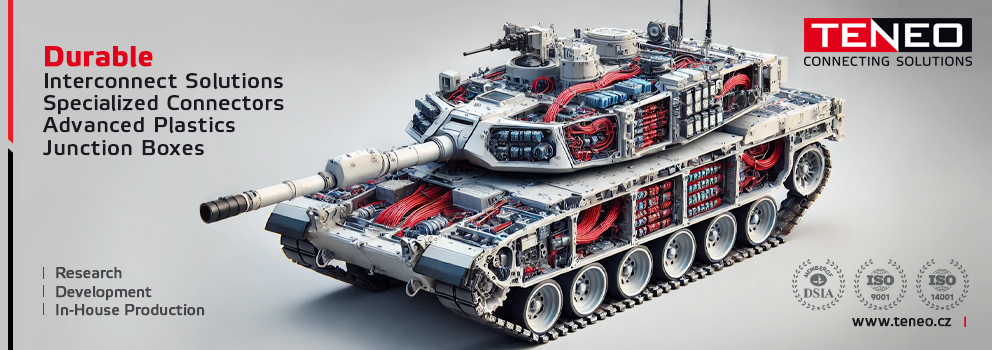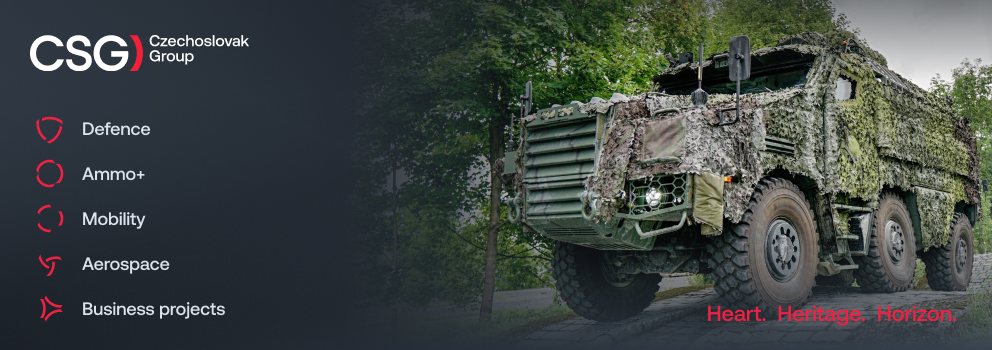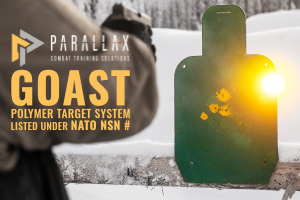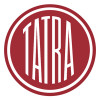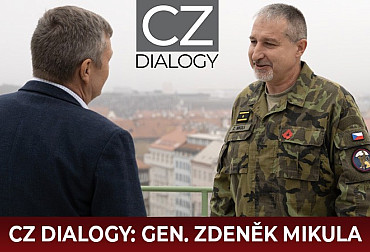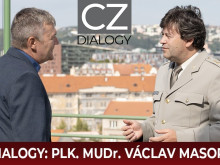Gen. Petr Tománek: The Air Force is a team effort
The Air Force is currently dealing with ongoing modernisation projects, new technologies, as well as new objectives within NATO and the implementation of the national strategy. This entails considerable challenges related to training, preparation of personnel, introduction of new tactical procedures and new preparations or recruitment of new Air Force members. We discussed this and more with the Deputy Commander of the Air Force, Brigadier General Petr Tománek.
Video: Interview with the Deputy Commander of the Air Force of the Czech Republic Brig. Gen. Petr Tománek / CZ DEFENCE
Recruiting new soldiers is one of the biggest challenges for the entire Czech Army and we were interested to see how the Air Force is doing. "I think we are on an upward trend in recruiting specialists. As we acquire new equipment, we need more and more specialists. Another challenge is the aging military personnel. We have an average age of around 40 years even in the Air Force," General Tománek said. According to him, stabilisation of personnel is crucial, which is a task that concerns our entire army. The Army must be an attractive employer for both Generation Z and current soldiers. According to Tománek, however, the Air Force has always been an attractive employer, while today new recruits can be attracted by various modernisation projects. "We cannot afford to lose focus on any project. It's like the H-1 project, now we are working on a new project of the Embraer C-390 medium transport aircraft to Kbel. It's the introduction of new air defence assets, the new Command and Control C2 system and the well-known F-35 project," General Tománek said in an interview.
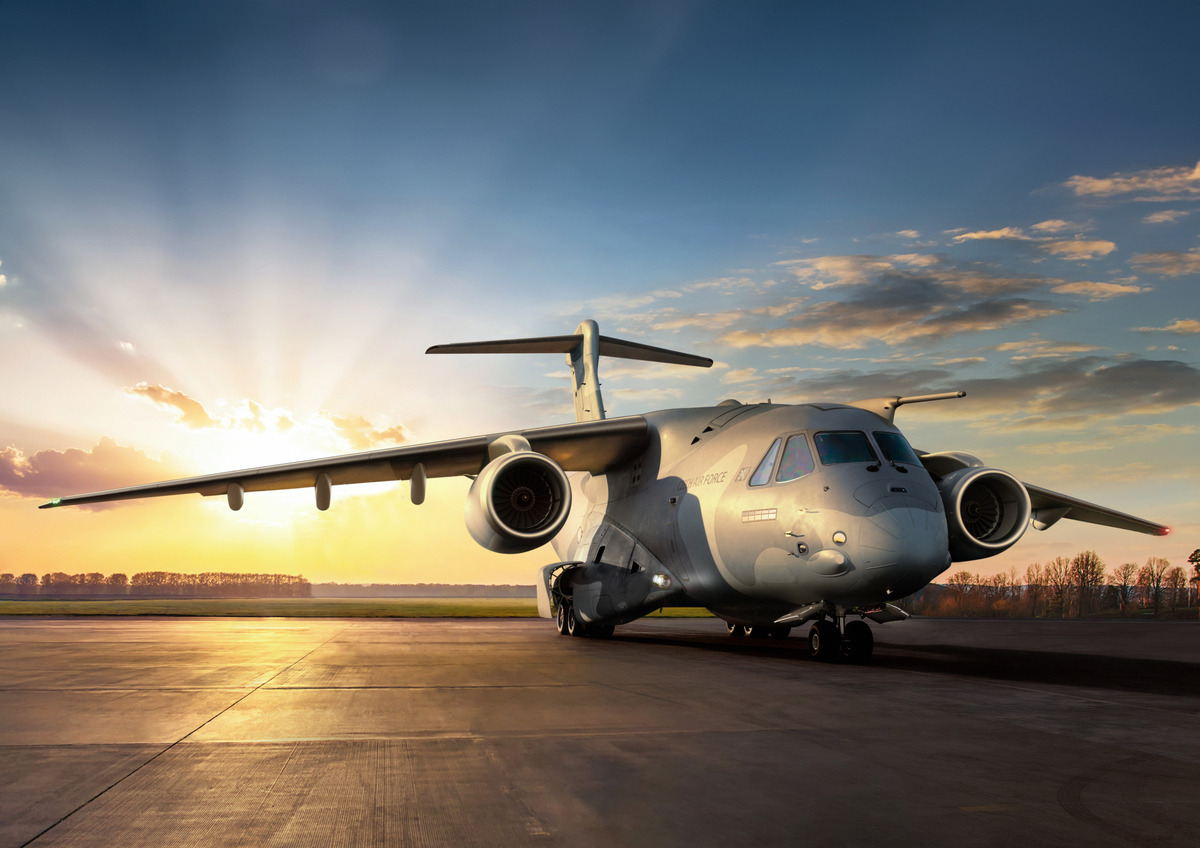
Following the recent acquisition of the new Embraer C-390 Millennium transport aircraft, training of personnel in Brazil is currently underway, but must not in any way limit the existing tasks. "Additionally, we must ensure that the 24th base continues to operate according to the needs of the Czech Army. We still have the mission in Sinai, CASA aircraft, we cannot slacken in the performance of tasks and on the other hand we have to secure new tasks," General Tománek said.
One of the tasks of the Czech Air Force is also to provide air defence, so we asked how our army is doing in terms of air defence equipment. "The new Spyder system is being introduced, and we are also working on deploying the short-range RB 70 NG. We have air reconnaissance assets, MADR radars," Gen. Tománek adds that half of the MADR radars are currently in service and more will be in service in the very short term.

The most visible component of the air force is undoubtedly the tactical and helicopter air forces. In connection with the transition to the F-35 aircraft, pilot training on simulators in the USA has recently taken place. General Tománek clarifies this information, "This is not training in the true sense of the word, where pilots would already be training on F-35 aircraft. We have some kind of roadmap for the introduction of the F-35 system. As part of that, there is an introduction to elements of simulation technology, where pilots in the United States are introduced to simulation technology and as part of that they are introduced to the capabilities of the F-35 itself. It’s worth noting that the pilot training process is not straightforward, as they undergo training both locally and in the United States."
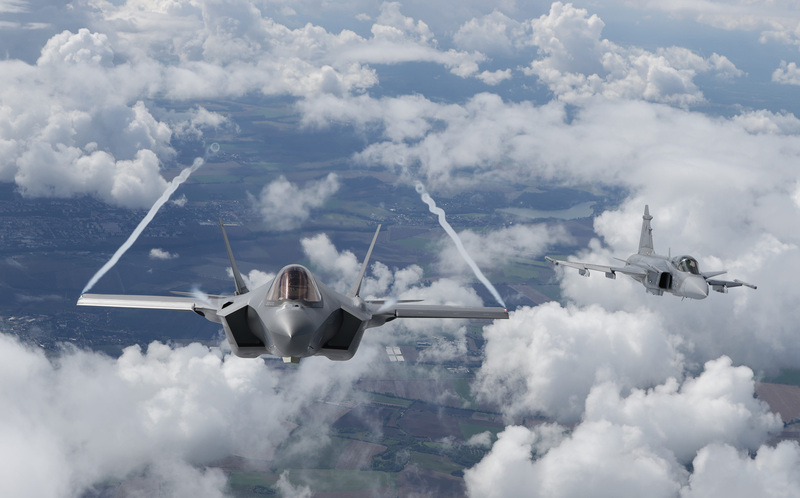
The preparation of pilots for the new F-35 aircraft corresponds with the introduction of the new Zlín Z-242 and L-39 Skyfox trainer aircraft into the fleet of the Pardubice Flight Training Centre. It is on these aircraft that our pilots will undergo their initial training before heading to the United States. In connection with the arrival of the F-35 aircraft, we were interested to know how big a shift within the tactical air force of the Czech Air Force is actually taking place. "Let’s start with the transition from the MiG-21s to the Gripen, which marked the shift from analogue to digital systems. It wasn't easy. I think we did a great job. The Czech Air Force as a Gripen operator has always been rated as one of the best. Now we're dealing with the transition from the fourth generation to the fifth. This transition is far more significant, shifting from digital systems to multi-domain operations in a highly complex environment. It's about providing large amounts of data in real time. The ability of an aircraft to acquire information, fix it and transmit it - it's incredible. It's a much bigger leap than from the MiG-21 to the Gripen. The transition from the Gripen to the F-35 is a much bigger challenge," General Tománek said in the interview.
The base in Čáslav is also preparing for the arrival of new aircraft. Preparatory work is also underway here at full speed so that everything will work out according to plan. The extent and need for changes is unprecedented. "The airport will undergo a complete reconstruction, including a new runway and a dedicated F-35 campus with specialized facilities and regulatory oversight. We have to change the mindset of people, not only in the Air Force but in the entire Army of the Czech Republic, because the F-35 aircraft goes beyond the Air Force. The F-35 aircraft is complex for the entire Army of the Czech Republic," General Tománek points out, noting that the cyber protection of the Army is also related to this. "The fact that we have built up cyber capabilities shows the importance of this protection. The conflicts that run in cyberspace are already here. We have to protect our interests, we have to protect our networks, our assets from attack. Cybersecurity is a critical priority," the deputy commander of the Air Force stresses.
As mentioned, the Air Force is an attractive component of our military, but some people have a somewhat skewed view of the job of a pilot. "When you say Air Force, most people think "Top Gun" and that the pilot has sunglasses. People imagine pilots flying during the day, then playing volleyball and riding off on their motorcycles, like in 'Top Gun'." The reality is really different. The Air Force, it's a team effort. They have to be team players. It's hard training every day.

At the top of the hierarchy, pilots begin their day with a briefing, followed by two to three hours of mission preparation, including studying, planning, and executing the flight. Then they spend another hour on debriefing, where they go over everything in detail, if the mission was accomplished, where it could have been done better, if the right tactics were used. It's hard work, and believe me, when you do two flights a day, you go home and you've had enough," explains General Tománek, who also mentions the high demands on ground personnel and other professions in the Air Force. "Technicians also have a lot of work. The pilot flies in, hands over the aircraft and at any given moment the technicians come in. They take care of the aircraft so that it is in 100 per cent condition. Air traffic controllers work around the clock to ensure safe and efficient flight operations. Our anti-aircraft units are part of the brigade task force, they accompany our ground troops to ensure their protection. We have to cover the guys down on the ground and we have to make sure that our citizens are safe, and that's a big commitment," said Deputy Commander of the Czech Air Force Brigadier General Petr Tománek.
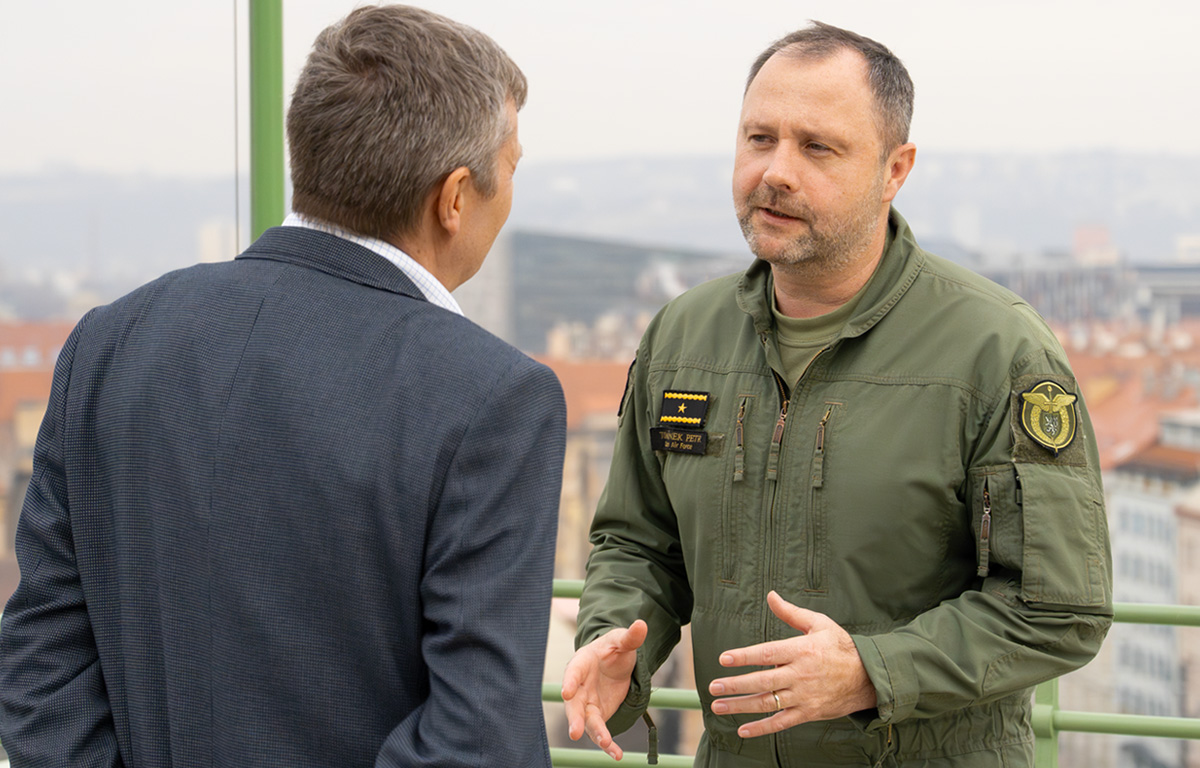
If you want to learn more about the preparations for the transition to the F-35, the cooperation with the integrated rescue system, the role of simulators in pilot training, or whether it is possible to practice the moment of the shoot-down, listen to the full interview at the beginning of this article.

